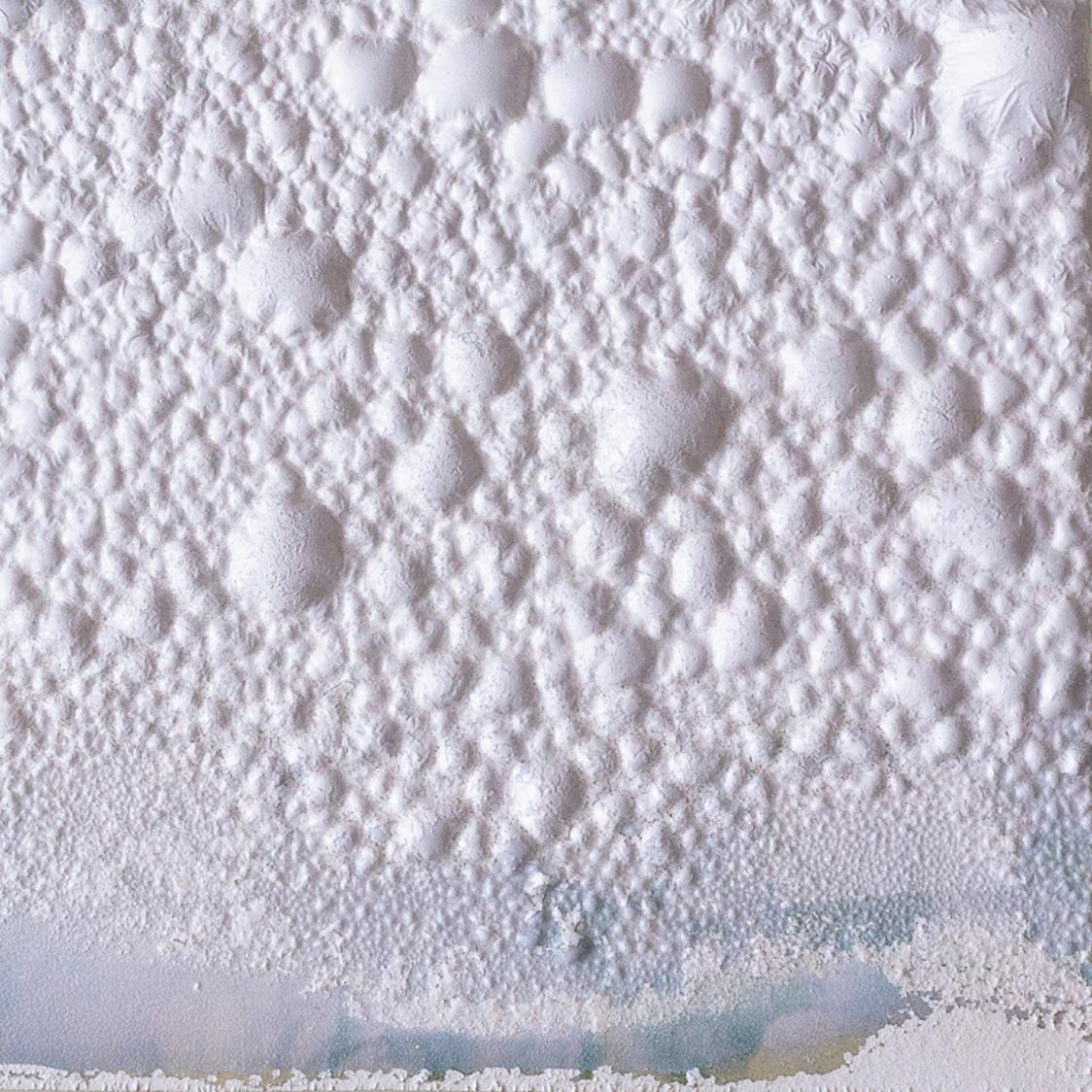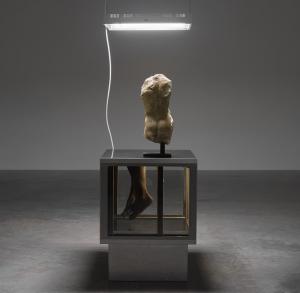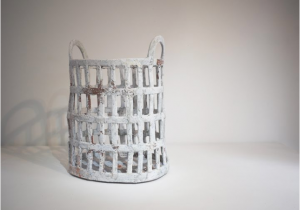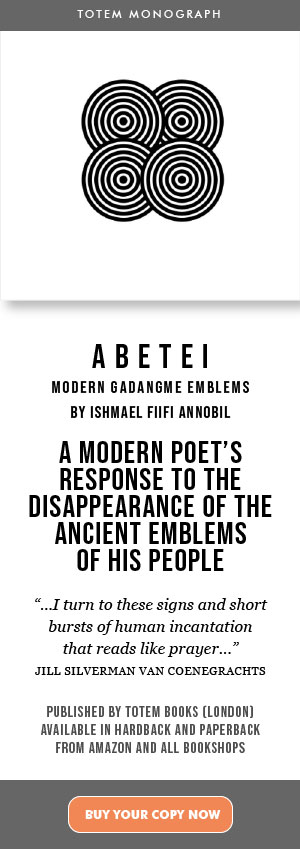By Lily Tiger Tonkin-Wells
From an afternoon of lazily scrolling through Instagram to an intriguing conversation about Welsh heritage, land and the priceless nature of water with photographic artist and curator, Abby Poulson.
The image which first captured my attention looked like a sheet of linen left to dry, crease and crinkle, the lines mimicking an arctic landscape or the mountains or rural Wales, riddled with rivulets and tributaries. Hues of blue, grey and lilac created a form which was neither sculpture, painting or photograph. I wanted to find out how Abby had created the work, and more about the themes and inspiration behind her practice.
“This image is from the Gathering Ground project—I was specifically looking at reservoirs and the displacement of water; how water can be damaging when appearing in a landscape where it shouldn’t be… I’d use Polaroids to shoot the water and then use water to float off the image as an emulsion lift. At the same time, I was digitally documenting the analogue process as well as just the polaroid image itself...It was a way of mimicking what I’d felt had happened to that landscape. A more ephemeral process which in the end is just a bit of plastic placed onto the rock, like an unnatural lake placed onto the landscape.”
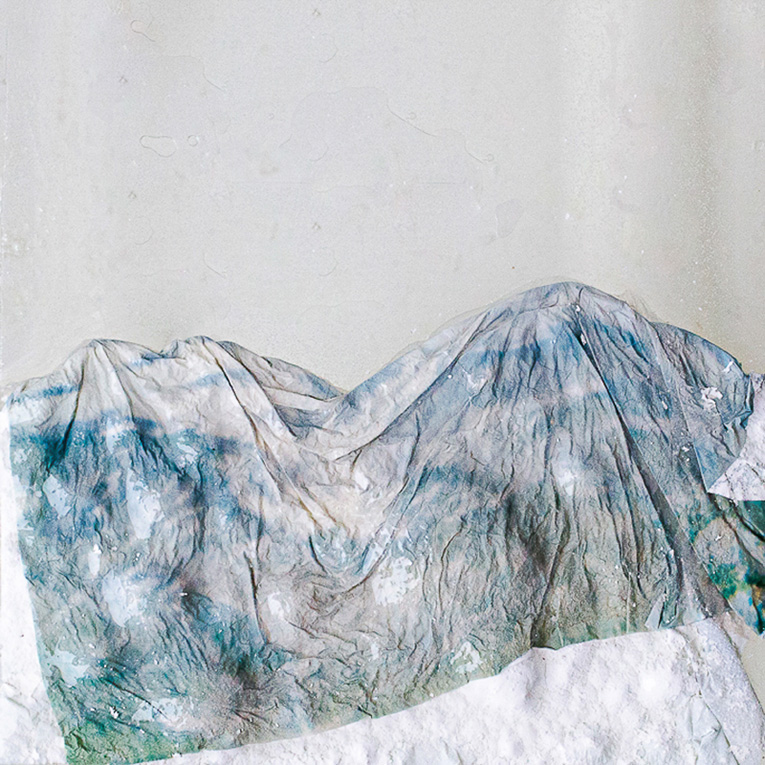
For those unfamiliar, Abby is referring to the Tryweryn Valley, in North Wales, which was flooded by the Liverpool City Council to create the Llyn Celyn reservoir in 1965. Despite multiple protests, this occurred, including the demolition of the village Capel Celyn, which remains to this day a potent emblem spurring the debate for Welsh independence.
With further research, Abby discovered similar instances of Wales’ natural resources being harnessed and exploited for the benefit of more powerful English authorities.
“There are actually two other reservoirs before Llyn Celyn, which didn’t have as much uproar because at that point the border was less prominent. I shared my method of enquiry between Llyn Celyn’s, Lake Vernyw and the Elan Valley, treating them as equal grounds.”
As an artist based in Carmarthenshire, where she took her foundation year, at Carmarthen School of Art, before Bachelors at Swansea School of art, Abby celebrates the beauty of the local landscape whilst steering clear of clichéd images of golden sunlit beaches typical of Welsh tourism adverts. Instead each image is heavy with atmosphere and mist, a homage to the reality of the rainy country.
“I think it’s a tribute to the landscape we have and the weather we have. I read somewhere that the future of water is more valuable than gold. Wales has the perfect landscape to collect water with lots of steep valleys. Mid wales especially.”
I asked Abby about the moods created in her images, each one evidently taken on the darker gloomier days, whether this was a conscious decision or not.
“Whatever weather I would have to go and shoot, so really it came out of experimentation. I actually quite like Wales when it’s moody. It’s situational, but it’s definitely something I now pursue. If it’s sunny I probably wouldn’t take a camera. I see it as a way of teaching people how to appreciate the landscape in its truest form”
Looking at the photographs, it doesn’t take much to imagine the beads of moisture clinging at furrowed brows in these weathers, the squelch of peatbogs underfoot slowly seeping through the layers of socks and the chill creeping at tips of bare fingers. The mists remove the horizon, bringing in a sense attunement for the minute details, as well as allowing space for the history and folklore of each site to speak through more clearly.
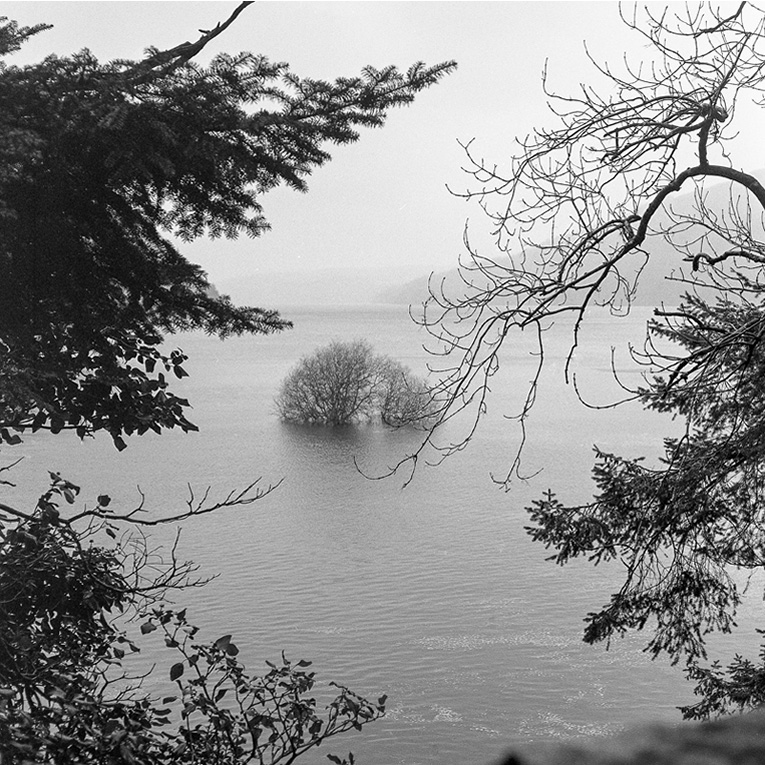
How have you come to include this influence of Welsh folklore into your work?
“My parents are from England and when they moved here they wanted to learn everything about the land so I had a lot of books on Welsh mythology growing up. I found it magical that I’d go up the road and come out with this crazy story directly about that site. There might be a wooden sign about its history but it would probably be kicked away into the bush,”
Similarly having being born in Wales but with English parents I was curious as to Abby’s engagement with issues which may typically be considered exclusive to Welsh first language families and children. Within her practice I resonate with that search for connectedness through other means than necessarily a human community; the natural environment offering a sense of connection instead.
“I wanted to explore more as a way of connecting to the land. I was born here and speak Welsh but in school I still felt like the English kid. Carmarthenshire at the time was one of the most welsh speaking areas, so sometimes it was quite difficult. Venturing into the landscape has become a kind of escapism.”
Escapism certainly comes to mind through your photographs as there’s also distinct lack of people or apparent depictions of domestic settings. Every image feels quite melancholic, almost haunted. Is this something which affects your method of photography in terms of seeking to avoid people?
“I’m just quite shy. When I’m out I go alone . If I’m there on my own I can focus on the place’s presence and my presence there too. I want the viewer to understand that. There’s less distraction and it’s the way of focusing for me.”
Earlier, you spoke briefly of the emotional charge held by some of the sites, with Llyn Celyn for example. Is this something you have discovered in the creation of other work?
“My current interest is in the history of coal, looking at the mines and limestone quarries in this proximity. I’ve done a few fence climbing episodes. I’ve been thinking about that whole thing of exporting and then that whole behavior of abandoning things. When I’m there it’s also a chance to reflect on my position. There’s a bit of an emotional backlog in those spaces which I’m trying to explore. They’re quite scary places and quite knowing. I know a few people have died at the sites where you can swim in.”
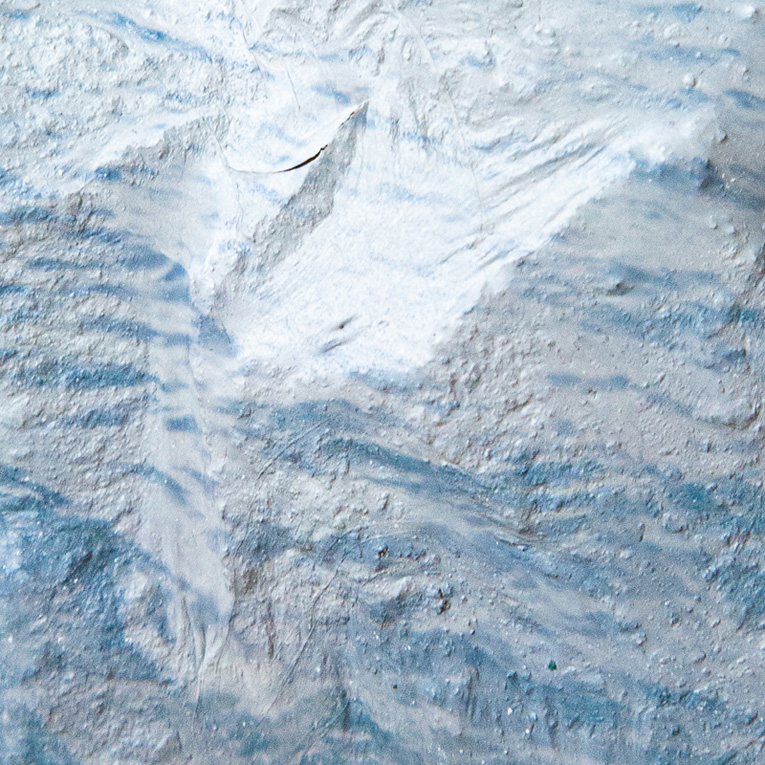
The history of the site has quite a large influence with some archival images contributing as part of the The Gathering Ground Project. What brought you to include these?
Because of the Corona pandemic, I had to look more at archival images. There’s this pressure in photography of having final images but it really helped the project to include them. A lot more as an investigation helping others to understand where the project had come from to draw some kind of temporary conclusion. I also experimented with book making and published the Gathering Ground as an experimental book. Because it couldn’t exist as an exhibition, I needed a vessel to communicate it.
Do you have any specific inspiring creative practitioners who have influenced you?
I always find this one quite hard to answer because I still don’t know that many photographers. There was this Japanese photographer Rinko Kawauchi who shoots in a square format on colour film. I think I adopted her approach to looking at the tiny things and not letting things go unnoticed. In her photos, there’s a lovely sense of intimacy and relationships to life and death…
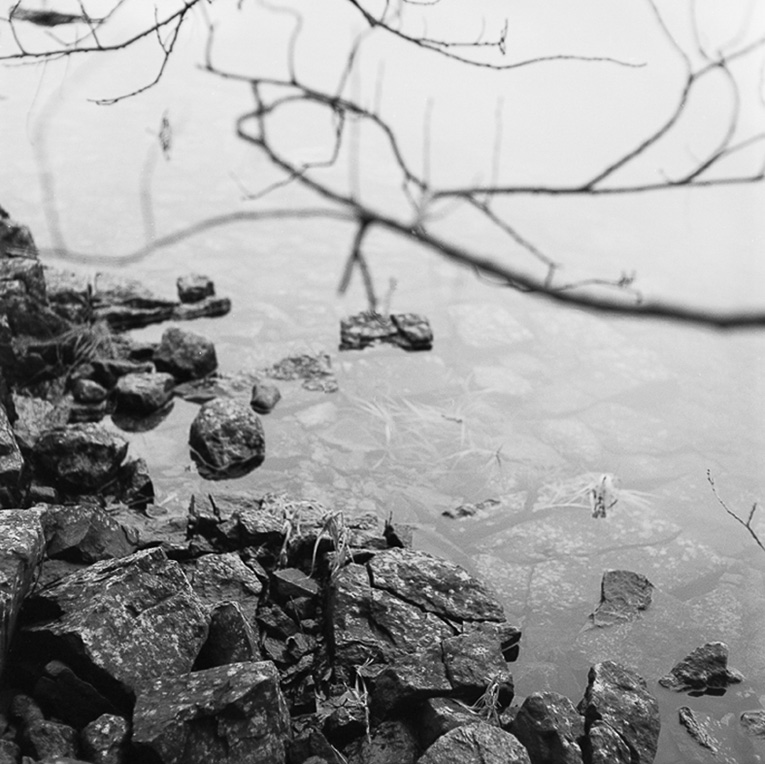
Finally, your work is very situational and currently loyal to the rural but have you ever considered exploring a more urban setting to photograph?
“I sometimes think, if I were to move to somewhere like London what would I work with? There are still elements of rural in the inner city. You’ve still got water and weather and air. It would be quite interesting to set that challenge to leave Wales and come back. The environment is so man-made though... I feel like I would go down the same route and processes to feel like home; it would probably still be a sort of behavioral instinct I think. I’m trying to work out how themes in Wales could translate globally. I don’t want to be limited to Wales. There are translatable categories in my work; there’s rural and Celtic national communities. Environmental - that’s completely global. Wales can be a platform to outreach.”
Abby’s practice also reaches into curation; she has curated two photographic based exhibitions at the College Street Gallery, Swansea and The National Botanic Gardens of Wales both in 2019,
Visit Poulson's work via her website here: https://www.abbypoulson.co.uk/
Or instagram @abpoulson
Images: From the Gathering Groung series. courtesy of Abby Poulson.


